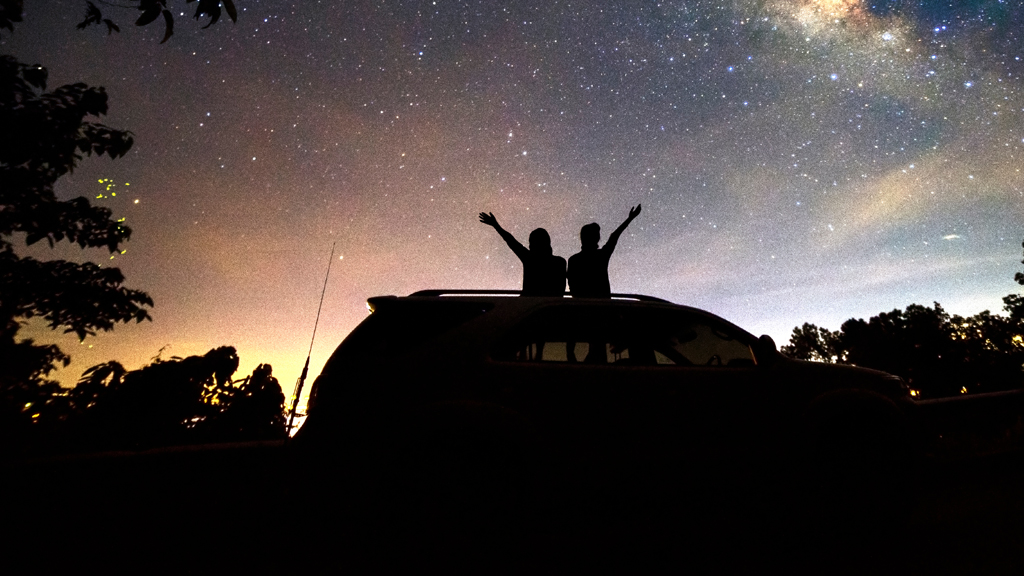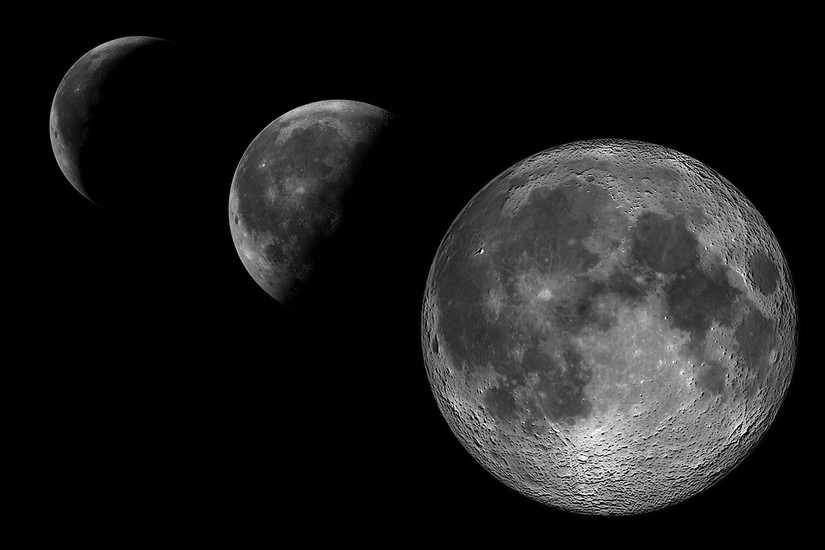Middle School Elementary | Daily Do
When Can We See Different Objects in the Sky?

Earth & Space Science Is Lesson Plan NGSS Phenomena Science and Engineering Practices Middle School Elementary Grade 1 Grade 5 Grades 6-8
Sensemaking Checklist




Introduction
Many students (and adults!) have "black and light" thinking about celestial objects - we see the Sun in daytime and the moon, planets, and constellations at night. Images in children's trade books and textbooks seem to share this same thinking. But is it really the case? How many of us have really looked?
Today's task, When do we see different objects in the sky?, is a close adaptation of the formative assessment probe "Objects in the Sky", published in Uncovering Student Ideas in Science, Volume 2: 25 More Formative Assessment Probes. You can administer this probe with middle school students and then navigate to the Daily Do Why can I see the Moon in daytime? You might also administer this probe with elementary students. Early elementary students need opportunities to build toward understanding patterns in the motion of the Moon can be observed, described, and predicted and upper elementary students need opportunities to build on this idea and move toward an understanding that the orbit of the Moon around the Earth causes the patterns in the moon phases.
The Why is my shadow always changing? Daily Do provides guidance from Page Keeley, co-author of the books in the Uncovering Student Ideas series, on administering formative assessment probes with students.

Administering the Formative Assessment Probe
Share the "Objects in the Sky" formative assessment probe with students. Give students independent thinking time to identify which celestial objects are seen only in the daytime, which ones are seen only at night and which ones can be seen in both day and night. Ask them to explain their thinking using words, pictures and symbols. Bring the class back together.
Whether in a face-to-face setting or distance learning environment, you might share the formative assessment probe prompts using a digital tool like Kahoot or Quizziz (see Gameshow Classroom for a comparison of these and other similar tools). For example, a prompt might read:
When can the Sun be seen in the sky?
A. ONLY in the daylight
B. ONLY at night
C. BOTH day and night
Point out places where the class in agreement. Students will likely all agree the Sun can only be seen in the daylight. Students may have differing ideas about the Moon, the next-nearest star, and constellations. Assign students to small groups and ask them to share their ideas about the celestial objects the class was not in agreement about. You might use the following conversational supports:
Speaker: I think _____ because _____.
Responder(s): Can you give me an example of why you think that? OR What evidence is that based on?
Bring the class back together. You might ask students to respond to the prompts a second time and compare the results. Consider asking three students who changed their thinking why they changed their thinking. Students might say:
- They originally had a different idea about what "counted" as daylight (dawn and dusk)
- They originally weren't sure what was meant by "next-closest star" or "constellation"
- Someone in the group had seen the Moon in daytime
Ask the groups to share which celestial object(s) they are not in agreement with (when it can be observed in the sky). Students will likely say the Moon and may say other stars. Ask students, "Because we can observe the Moon with our naked eye, should we investigate whether we can see the Moon in the daytime and at night first?"


